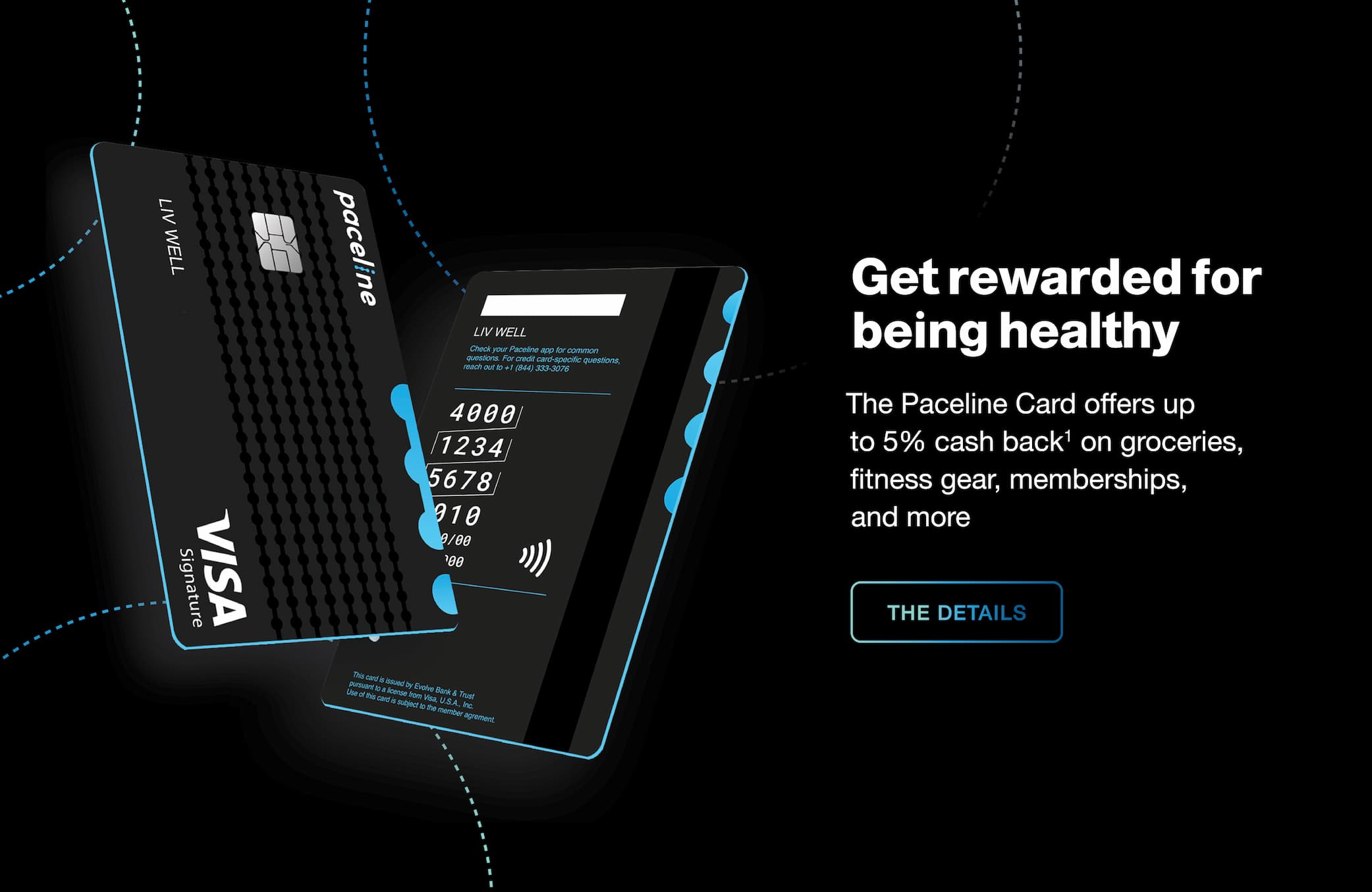Ask your parents, or your parents’ parents, what they considered ‘exercise’ or even ‘wellness’ back in the day, and you might run into some surprising replies. For example, consider “slenderizing salons” from the early 20th century, in which women would hook themselves up to bizarre gyrating machines in hopes of losing body fat. Or think back to the 80s and 90s, when processed, sugary foods were flying off the shelves because they were low-fat.
And when it comes to fleeting financial advice, remember the idea that regularly skipping a morning coffee or lunch at work could supposedly pull you out of debt? That’s since been debunked, with experts favoring actions like monitoring unconscious spending (on unused subscriptions, for example) and taking advantage of employer-provided perks to improve your financial situation.
In the worlds of both fitness and finance, emerging evidence helps us to eventually promote each trend to “staple” status—or leave it in the dust where it belongs. The problem? When a trend is just taking off, it can be tough to know if it’s legit or just a bunch of hype.

That’s where experts come into play. Here, we spoke with certified personal trainers and fitness pros to find out which fitness trends they’re bullish about (read: the ones they think have staying power), and which ones they’re bearish about (those that might die off in the coming years).
Fitness Trends We’re Bullish About
- Wearable Fitness Technology
According to Jake Dickson, a NASM-certified trainer and contributing editor at BarBend, FitBits, Apple Watches, Samsung Gears, and Oculus Rifts—basically, all kinds of wearable fitness technology—are here to stay. And ICYMI: Paceline Card members can earn back the cost of the latest Apple Watch, up to a $429 value.2 Learn more here.
“These technologies provide extensive insight into your [physical] activity and what you can do to improve it,” he explains, noting that the features of most wearable tech have been rapidly improving in recent years, supplying basic information (think: heart rate and step count) along with more advanced data, like GPS tracking and sleep analysis. “Over the years, their precision and capabilities have increased.”
- Exercising for Mental Health
You’ve probably heard of the term “runner’s high,” that euphoric feeling you can experience post-exercise. And perhaps you think of it as a nice additional perk to working out. But exercising primarily for your mental health—not just your physical health—is a fitness trend that’s here to stay, according to Josh Schlottman, CSCS, nutritionist and owner of Trainer Josh Fitness.
“There’s no question mental health concerns are on the rise,” he explains, adding that the trend may continue. And “it’s well-known that exercise improves mental wellbeing.” Plus, he adds, with an increased focus on body neutrality, working out for mental benefits might become even more common.
As for what constitutes a good workout for your mental health, there are a variety of research-backed options out there. For instance, yoga can boost levels of GABA, a brain chemical linked to decreased anxiety, according to Harvard Health. But as Kate Meier, a NASM-certified trainer and senior editor at Garage Gym Reviews explains, it can be any workout that will “help [you] gain control of the mind through the body.” In other words, do what makes you feel centered.
- Virtual Training
Like it or not, the virtual world—whether in work or workouts—is pretty much here to stay, according to several trainers.
Holly Roser, an ACE-certified personal trainer and owner of Holly Roser Fitness, is a big fan of the accessibility aspect of virtual training. “Many people live in places that don’t have access to trainers or beautiful fitness facilities,” she explains. “Online training allows someone to achieve results with quality trainers and save time.”
For example: “[Peloton] is an overall fantastic product and offering which has evolved and improved over the years,” adds Brett Durney, a certified personal trainer and running coach at Fitness Lab. But, there is a caveat: He believes that Peloton (alongside other major virtual fitness purveyors, like Mirror) will need to drop their prices to make classes and equipment more accessible. Don’t forget: Paceline Card Members get up to 5% cash back on Peloton and Mirror purchases.1 Learn more here.
Daniel Maman, a personal trainer and health coach at MyPhenom Fitness, adds that the metaverse and AR/VR technology might also come further into play in the future. “It’s definitely an interesting trend to think about, and will contribute to the longevity of online fitness communities.”
Fitness Trends We’re Bearish About
- In-Person Indoor Cycling Classes
Both Durney and Roser believe in-person indoor cycling classes are headed for a decline in popularity. “People have less time than ever before,” Roser explains. “So in-home options for cycling are really a top pick.” SoulCycle, for instance, offers an at-home bike in addition to classes in the studio.
Instead, people may prioritize IRL classes and activities that offer a more compelling reason to commute. Think: boxing and rock climbing are both pretty hard to replicate in your living room. “Many [UK indoor cycling studios] have had to add different concepts [to their product] to keep their customer base interested and satisfied,” he says.
2. Random TikTok Workouts
In the magical world of TikTok, you’ll probably come across a variety of hacks to make life easier—from ways to compost to weeknight recipes to makeup tricks. But when it comes to actually taking advice from the social media platform, you might want to stick to those contouring demos, according to Schlottman.
“TikTok workout videos might catch your eye, but they’re rarely great workouts,” he explains. And while there is some solid advice on the app, Schlottman says TikTok’s unique algorithm can make it hard to come by, pushing out workouts and nutrition advice from popular (but often unqualified) creators in small snippets.
3. Waist Trainers
The concept behind waist trainers (which have been popularized by celebrities and a trove of fitness influencers) seems pretty straightforward: Cinch the waist on a regular basis, and voila! A smaller tummy.
Not so fast, Meier says: Waist trainers don’t actually help burn fat around the waist. It comes back to the false hype behind what’s called spot training, or trying to target fat loss in a specific part of your body. “The body does not burn fat from areas based on what is being worked,” she explains. “Where fat is lost is determined by genetics and hormones. This is why not everyone has the same distribution of fat throughout their bodies. Exercise and activity burn calories, which can lead to a deficit, and then the body taps into its fat stores to make up the difference in this energy deficit.”
Moreover, science suggests waist trainers could be bad for your workouts. A 2018 study found that wearing a waist trainer can decrease how much you’re able to inhale while exercising.
Bottom line: Not every fitness trend out there has staying power. But every so often, a few spring up that seem promising. Our predictions? Wearables, working out for mental health, and virtual training are here to stay.


